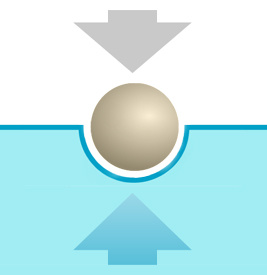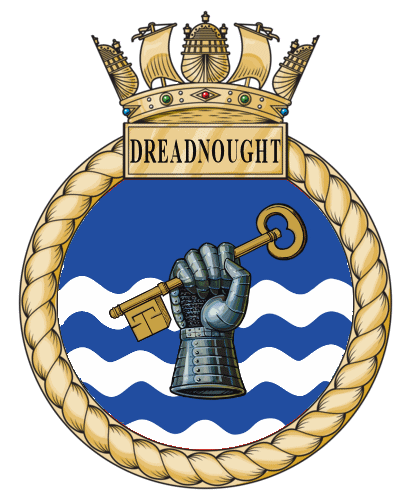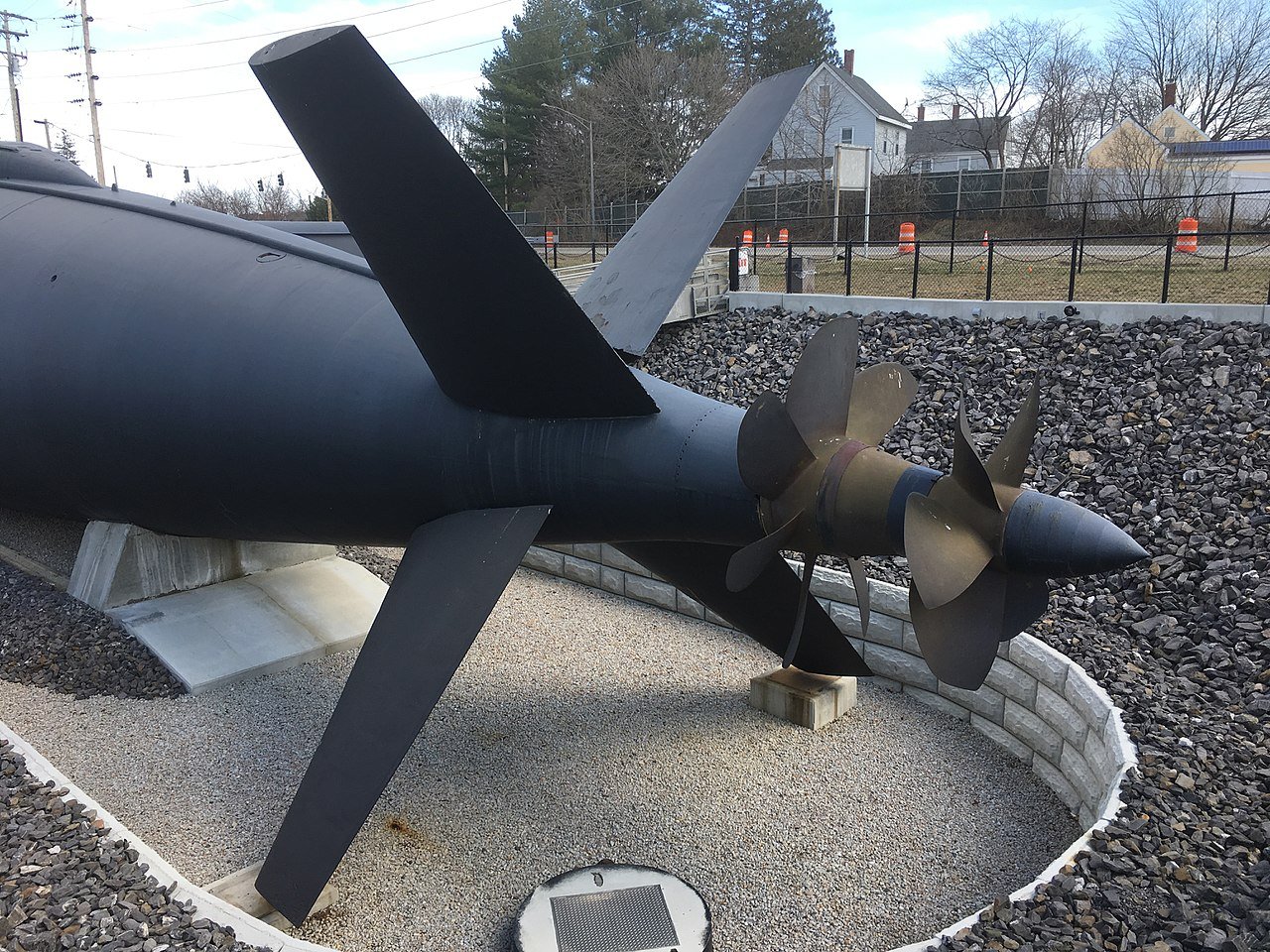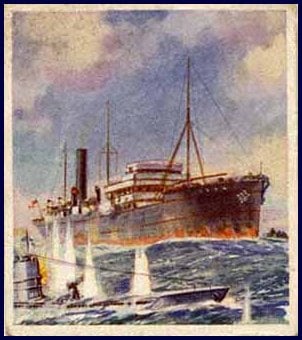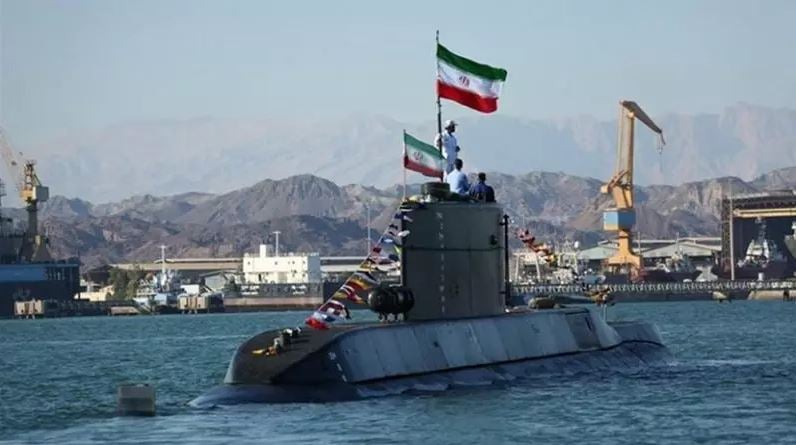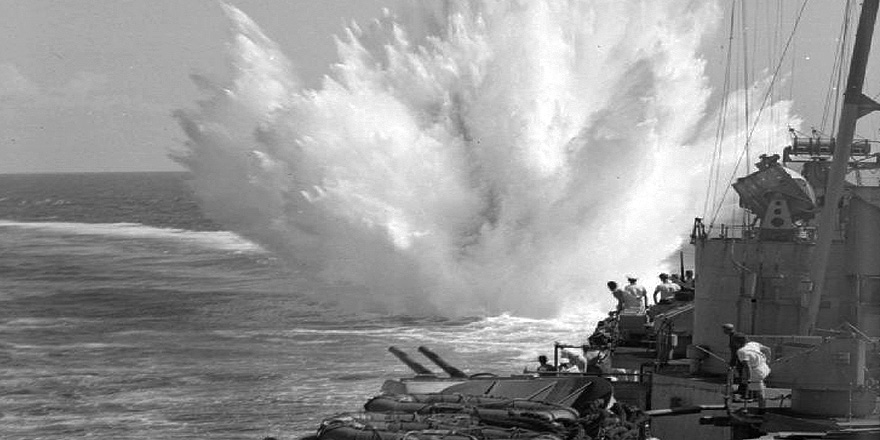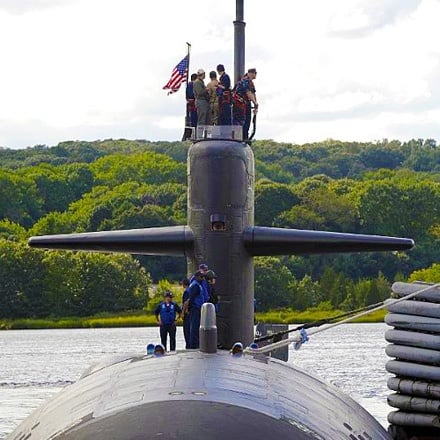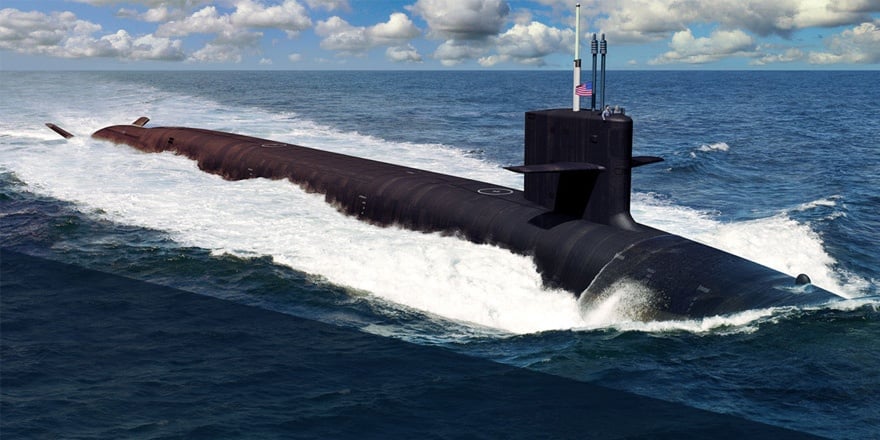Have you ever wondered how colossal metal vessels weighing tons can effortlessly glide beneath the ocean's surface, defying gravity's pull? The secret lies in a fundamental principle of physics, buoyancy. Buoyancy is a force that affects how objects rise or fall in a gas such as air, or in a liquid such as water. Let’s see how submersibles and submarines harness this force to dive, surface, and explore the underwater realm.
A submersible (or any boat) floats when the mass of the water it displaces is equal to the mass of the vessel. This displaced water generates an upward force known as buoyancy, which counteracts the downward pull of gravity. Unlike regular boats however, submersibles and submarines have the ability to control their buoyancy, and dive beneath the water or rise to the surface as needed.


